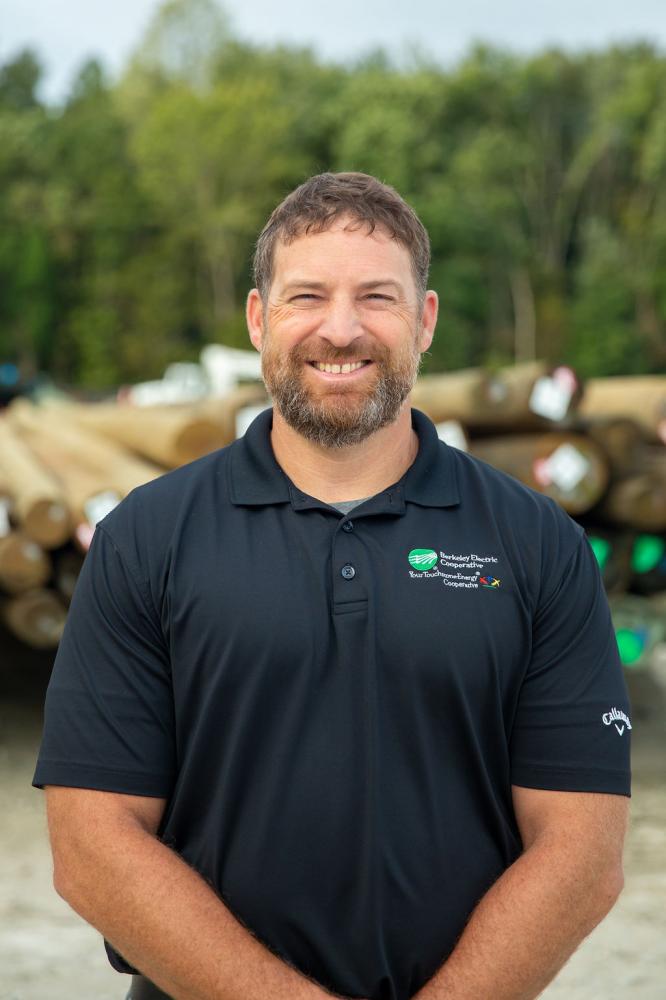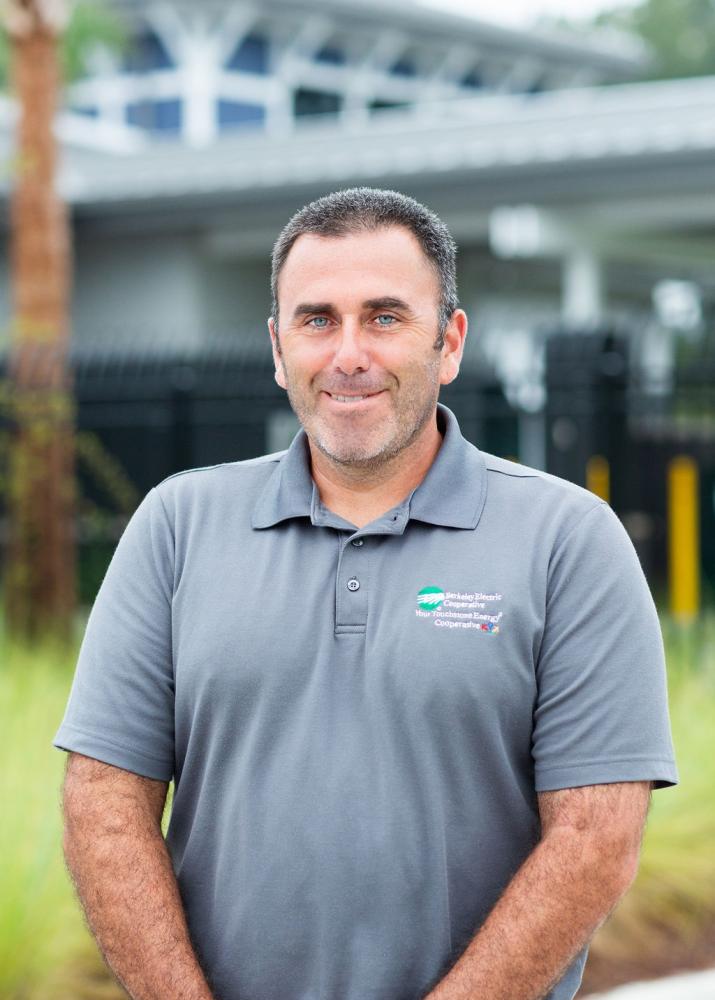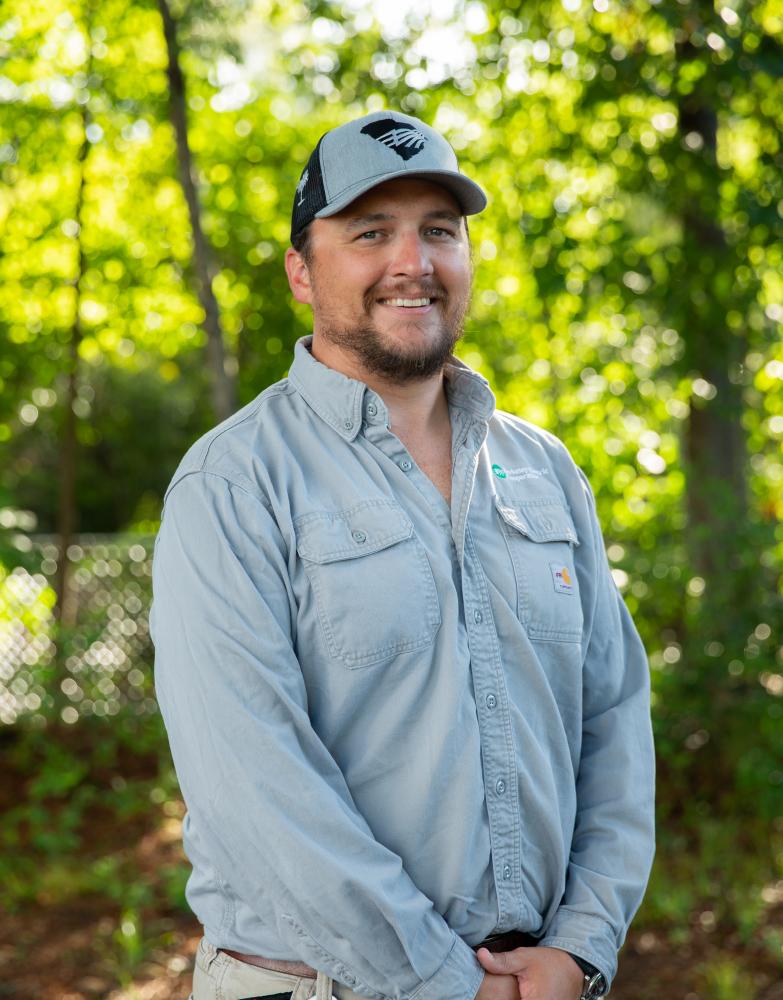VEGETATION MANAGEMENT
We understand our members value trees, as we do. Our members also rely on Berkeley Electric Cooperative to provide reliable power – in good weather and in bad. That’s why our tree care experts work to find a balance between reliable power and healthy trees. We are committed to working collaboratively with our members to address any concerns regarding trees in our service area.
We employ trained arborists who implement a comprehensive tree trimming, or right-of-way program, to maintain the health of the trees and our distribution system.
OUR GOALS
-
the safety of the member, the linemen and the right-of-way crews
-
education of members in the reasoning behind tree trimming
-
to clear and maintain the system on a regular rotation
-
to find the most productive, cost-effective method and system for keep a clear right of way
-
to leave the members happier than we found them, through complete education, superior trimming services
Reliability
Meet the Team
Adam Bradshaw

Manager Of Vegetation Operations (System Wide)
Adam is a native of Georgia and has been in the tree industry since 2002. His professional certifications include ISA Certified Arborist, ISA Tree Risk Assessment Qualification (TRAQ), South Carolina Pesticide Applicator License, and a B.S. in Forestry from Clemson University. Adam also sits on the board as Treasurer for the South Carolina Vegetation Management Association
Doug Grant

Utility Forester (Johns Island District)
Doug is a native of Maine, a military veteran, and has been in the tree care industry since 1999. His professional certifications include ISA Certified Arborist, ISA Tree Risk Assessment Qualification (TRAQ), South Carolina Pesticide Applicator License, and TCIA Certified Tree Safety Professional. Doug also manages the maintenance of vegetation and noxious weeds around our substations.
Mark Gray

Line Clearance Superintendent (Moncks Corner District)
Mark has lived most of his life in the Low Country and has been in the tree care industry since 1986. His professional certifications include ISA Certified Arborist, ISA Utility Specialist, ISA Tree Risk Assessment Qualification (TRAQ), and South Carolina Pesticide Applicator License. Mark also handles the training and continuing education for our in-house tree crews.
Billy Paugh

Utility Forester (Awendaw District)
Billy made his way to the Greater Charleston Area via Georgia and North Carolina and has been in the tree care industry since 2009. His professional certifications include ISA Certified Arborist, ISA Utility Specialist, ISA Municipal Specialist, ISA Tree Risk Assessment Qualification (TRAQ), South Carolina Pesticide Applicator License, and a B.S. in Forestry from North Carolina State. Billy is also heavily involved in the development and innovation of our GIS and planning software used for vegetation management.
Ryan Quinn

Ryan Quinn (Utility Forester Goose Creek District)
Ryan is a native of Wisconsin who made his way to the Lowcountry in 2017 by way of Minnesota and Illinois. He has been in the tree care industry since 2010. His professional certifications include ISA Certified Arborist, ISA Utility Specialist, ISA Tree Risk Assessment Qualification (TRAQ), South Carolina Pesticide Applicator License, and a B.S. in Forestry from the University of Minnesota. Ryan also manages the annual Energy Saving Trees Program in partnership with the Arbor Day Foundation.
